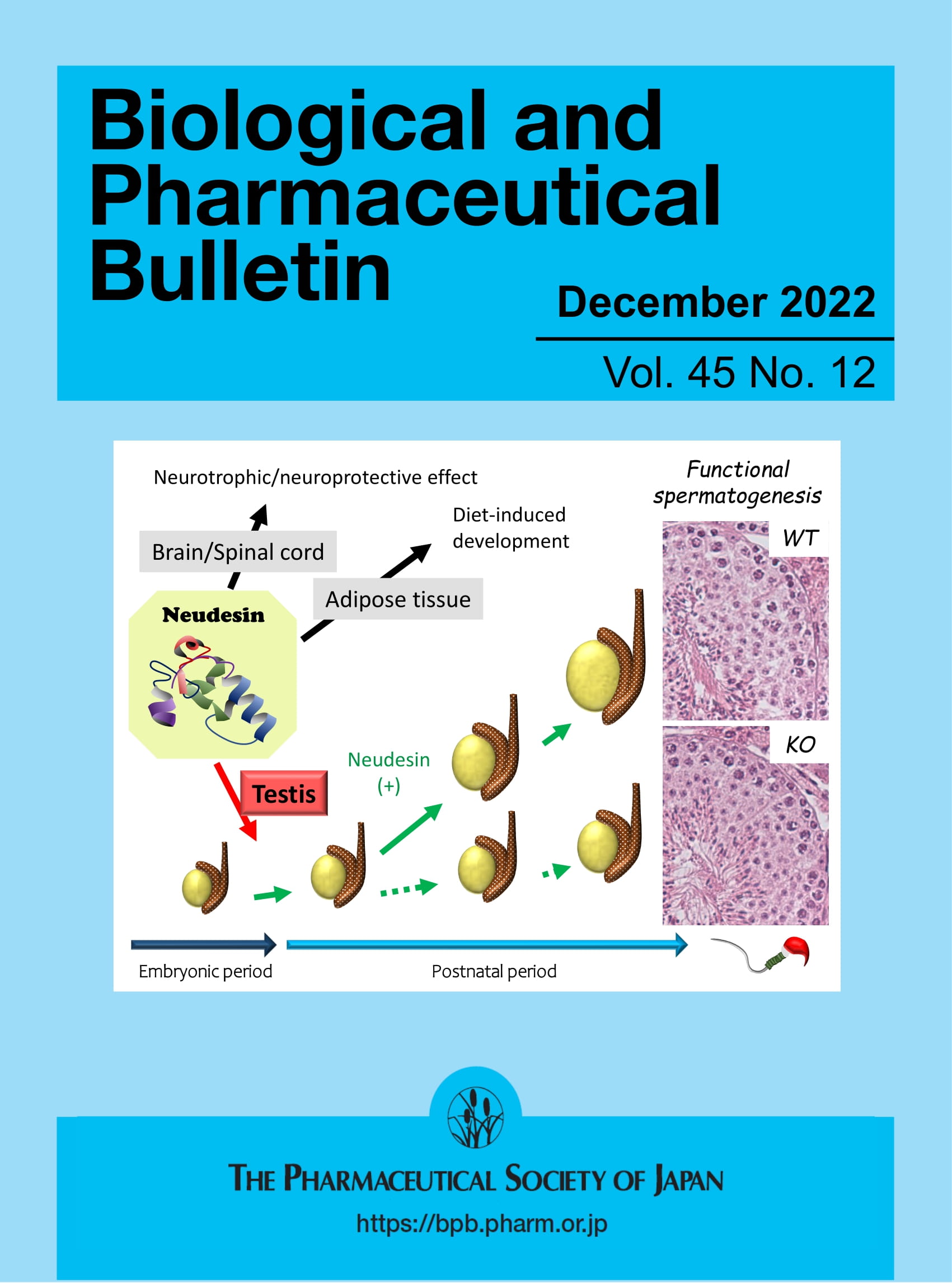Miniature Mass Spectrometry for VOCs Analysis: Recent Developments in Instrumentation and Applications
Abstract
Rationale
Volatile organic compounds (VOCs) are critical indicators of environmental and biological processes and their analysis is essential for various applications, including environmental monitoring, food safety and clinical diagnostics.
Methods
Traditional mass spectrometry (MS) techniques, such as gas chromatography–mass spectrometry (GC–MS), are widely regarded as gold standards for VOCs detection. However, their lack of portability and limited real-time analytical capabilities hinder their widespread use in on-site and rapid detection applications. Miniature mass spectrometry has emerged as a promising solution by integrating compact instrumentation with innovative ionization techniques, including ultraviolet-based, plasma-based and electron ionization methods.
Results
Recent advancements in mini-MS have focused on enhancing portability, sensitivity and adaptability to complex sample matrices. These developments include the integration of novel sampling interfaces, such as membrane inlet and atmospheric pressure interfaces. Despite these advances, challenges remain in optimizing sensitivity, selectivity and compatibility with real-world samples.
Conclusions
This review synthesizes recent progress in the field of miniature mass spectrometry for VOCs analysis, emphasizing key technological innovations, such as ionization and sampling improvements, portable platform development. The review also explores mini-MS applications in food authenticity, clinical diagnostics, highlighting the growing potential of these technologies to revolutionize on-site, real-time VOCs detection across diverse fields.




 求助内容:
求助内容: 应助结果提醒方式:
应助结果提醒方式:


